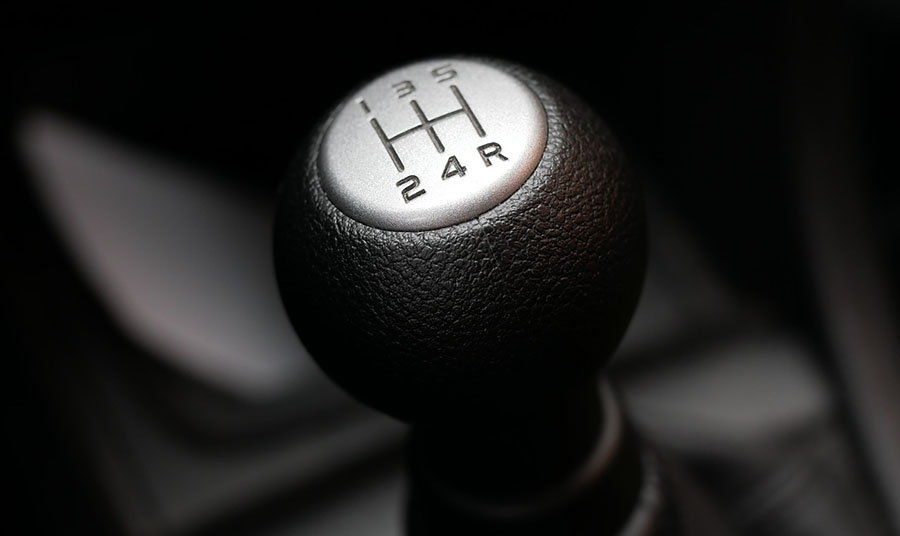With older cars it can happen that the reverse gear does not go in. You can find out what you can then do and why it is that you cannot switch properly in this article.

Press clutch properly
One of the most common reasons for reverse gear not engaging is that the clutch is not fully depressed. If this is the case for you, the transmission is not completely separated from the engine and the gear cannot be engaged. You can solve the problem by fully pressing the clutch.
Release clutch
If you have pushed your clutch all the way through and have not got the reverse gear engaged, you should let go of the clutch again. Before doing so, move the gear lever to the neutral position, otherwise your car could move or cause damage to the transmission.
After you have released the clutch, push it through again and engage the gear. Especially in the case of old cars with high mileage, you may need to try again.
Engage reverse gear without exerting strong force
If you cannot engage reverse gear correctly after several attempts, you must not use force. Otherwise, you could bend the shift linkage. To prevent this from happening, try again, but with calmness and a controlled approach.
Professional checkup
As soon as you engage a gear, different gears are used. In old vehicles, the gaps between the gears may no longer fit properly. You should have this checked in a workshop. The distances are reset there so that you can then re-engage the reverse gear.
Replace Clutch
If you are unable to engage your reverse gear despite the methods mentioned, your car will need a new clutch. Since the exchange is very expensive, you should consider whether it still makes sense for your vehicle. Before you make a decision, we advise you to compare several providers for the change. This can save you some money.









